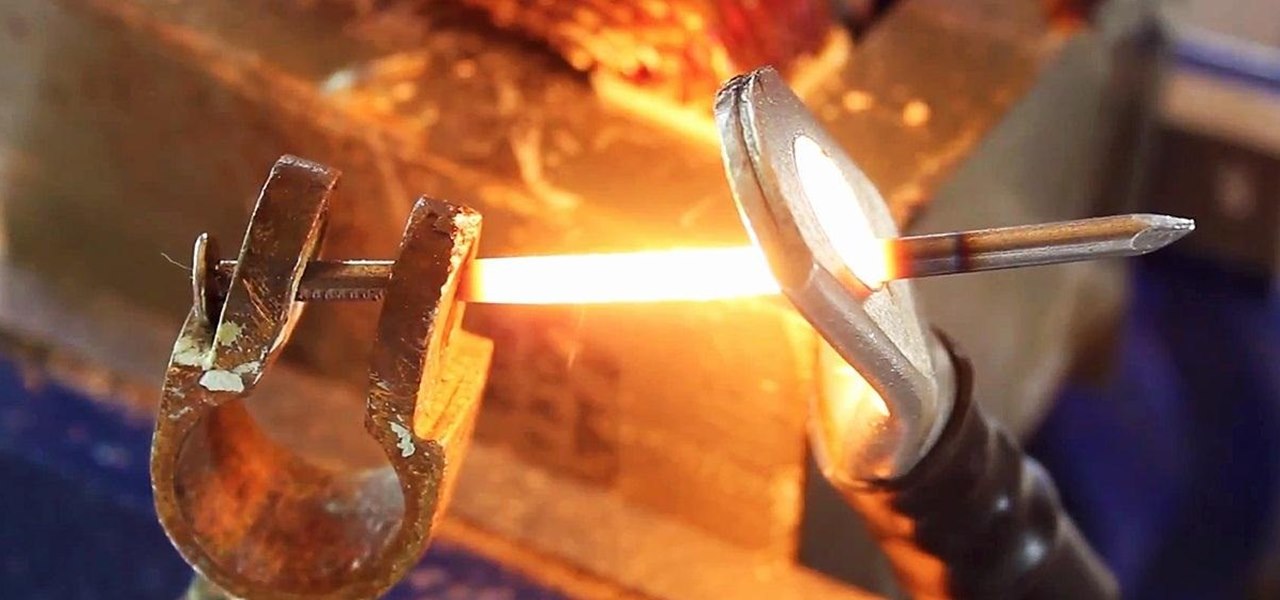Hot Mad Science Posts


How To: Make a Digital "Magic Mirror" That You Can Control from Your Phone
Fool your friends, scare your cat, play a game while also admiring your physique! This "magic" mirror lets you do all that and more by letting you display words, pictures, videos, and even some games—all controllable through a mobile phone.
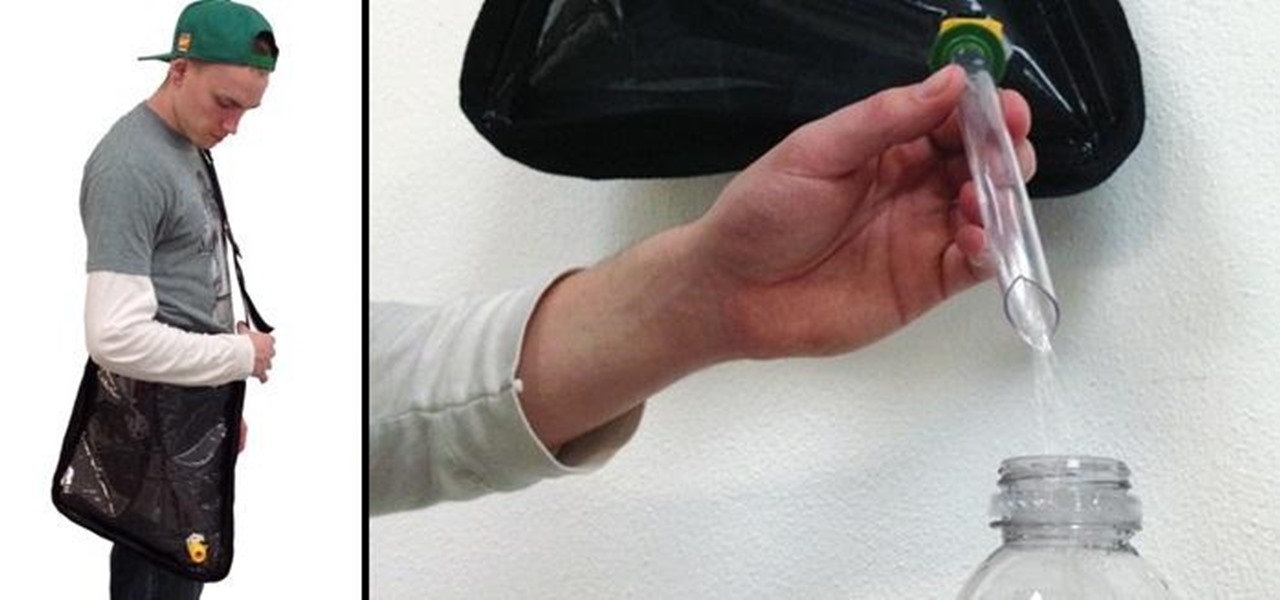
News: Solar Bag Lets You Fashionably Purify Water On-the-Go Using UV Rays
Water purifiers are already portable, but not as portable as this crazy invention. Created by Marcus Triest and Ryan Lynch, the Solar Bag can be worn like a shoulder bag and holds up to 2.5 gallons of water. In a feat of ingenuity, the bag is designed to use sunlight to purify the stored water, allowing you to filter drinking water on the go. The bag is made from two layers of polyethylene—a clear, high-clarity layer on the outside and a black layer on the inside. The top layer allows the max...
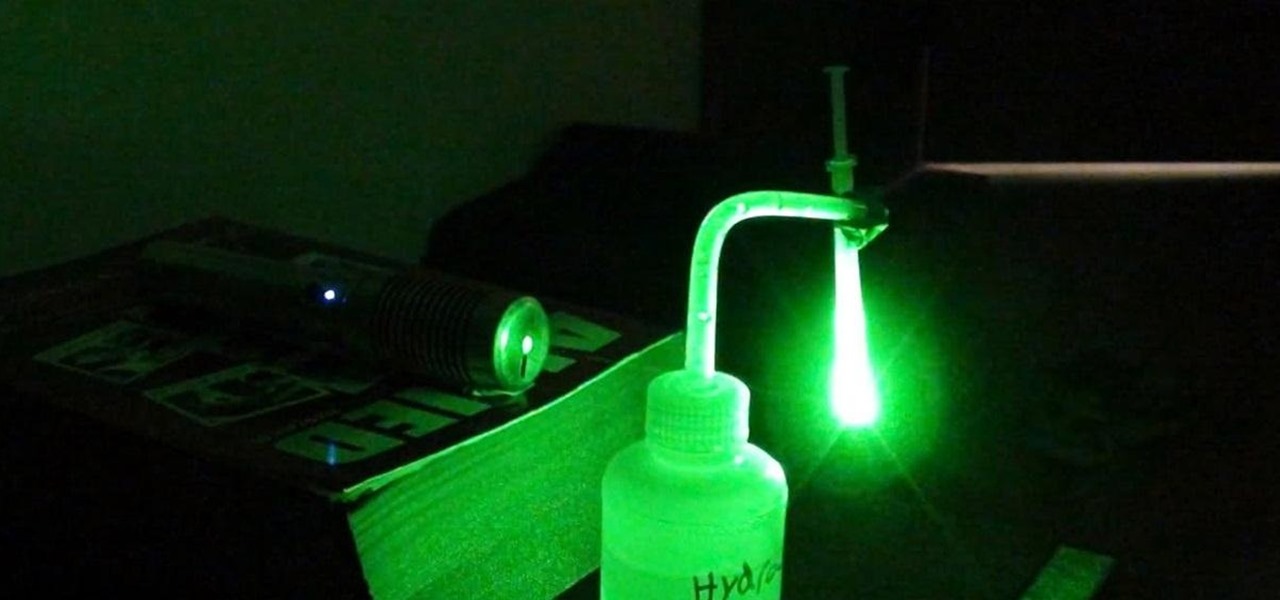
How To: Build Your Own Projection Microscope with a Syringe, Laser Pointer, and Drop of Water
Have you ever wondered what sort of microscopic critters are floating around in your water? Well, you can find out with just a few bucks worth of materials and a laser pointer. Really. That's all it takes to build your very own homemade laser projection microscope, aka a water drop projector.
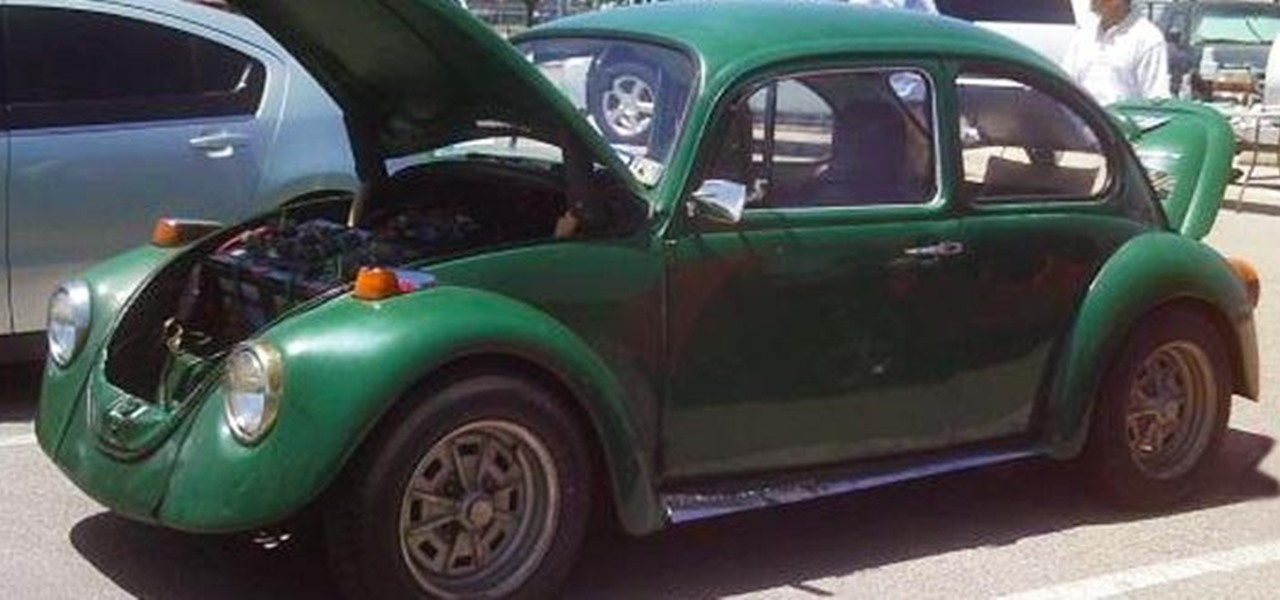
News: This 1974 Gas-Guzzling Beetle Is Now an Eco-Friendly Electric "Voltswagon"
Want an electric car without the price tag? You could always build your own, or maybe just hack your old gas guzzler into an eco-friendly electric machine... This weekend at Defcon, security consultant David Brown showed off his "Voltswagon" project, a 1974 Beetle named Shocky that he converted to electric for only $6,000. He removed the old combustion engine, radiator, and a few other unneeded parts to make it lighter. Then he loaded it with batteries front and back, ten Interstate DC-29, 12...

News: You Can Now Pilot Your Own 13-Foot Tall Weaponized Mech (For Just $1.35 Million)
The streets of Tokyo are about to get a lot scarier (or more awesome), after Suidobashi Heavy Industries unveiled their latest project: a 13-foot tall, customizable, piloted robot. It's armed to the teeth with a water bottle rocket launcher and a BB Gatling gun capable of firing 6,000 rounds a minute; all for the very reasonable price tag of around 1.35 million dollars.
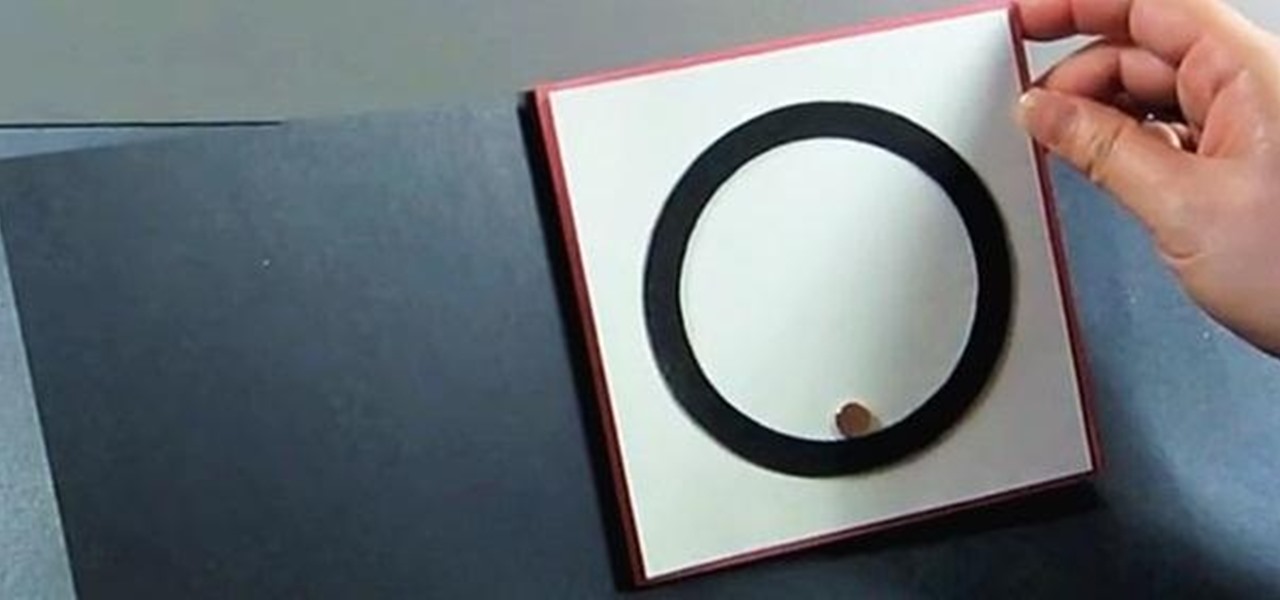
How To: Make Your Art More 'Attractive' with Some DIY Magnetic Ink
Magnetic ink is generally used by the banking industry to allow computers to read information off of a check, but that doesn't mean you can't have some fun with it. The guys over at openMaterials have figured out a great recipe for a DIY magnetic ink that you can use for an interesting art project—or just to mess around.
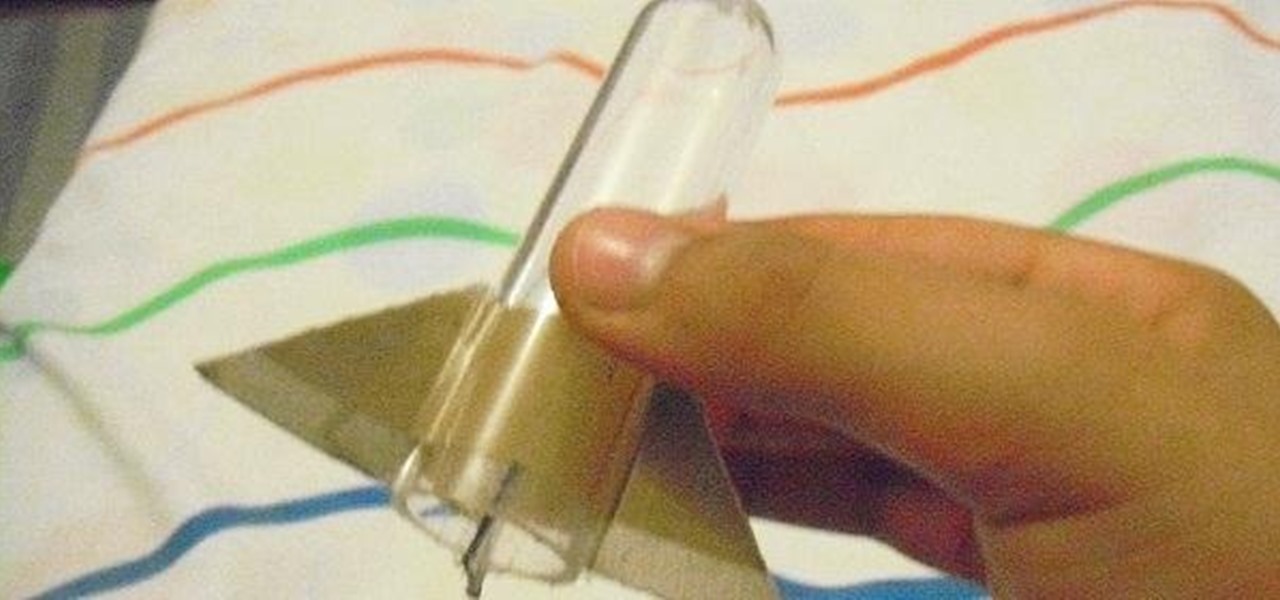
How To: Launch Tiny Test Tube Rockets in Your Backyard with Just Baking Soda and Vinegar
Nothing to do this summer? Then spark things up with a little baking soda and some vinegar and make a tiny, working rocket. Best of all—you probably already have most of the materials and ingredients lying around the house. What You'll Need
A New Breed of Invertebrate: Half-Rat, Half-Silicone Cyborg Jellyfish
A team of scientists might have just put Jellyfish Art out of business with their new cyborg jellyfish. By arranging the heart cells of a normal rat on a piece of silicone, they've successfully created their own Franken-jellies. When in salt water with a fluctuating electrical field, the rat's heart muscles on the rubbery silicone contract the lobes downward and back up, which mimics the pulsing movement of a young moon jellyfish swimming.

News: Bikinis, Handcuff Keys, and Other Awesome Things You Can Make with a 3D Printer
3D printing has been around for a while, but until recently it was used mostly for prototyping and research. Now, with technological advancements, it seems like everyone is using 3D printers, from crime scene investigators to garage hobbyists and hackers. Below are some of the most innovative uses people have come up with so far.
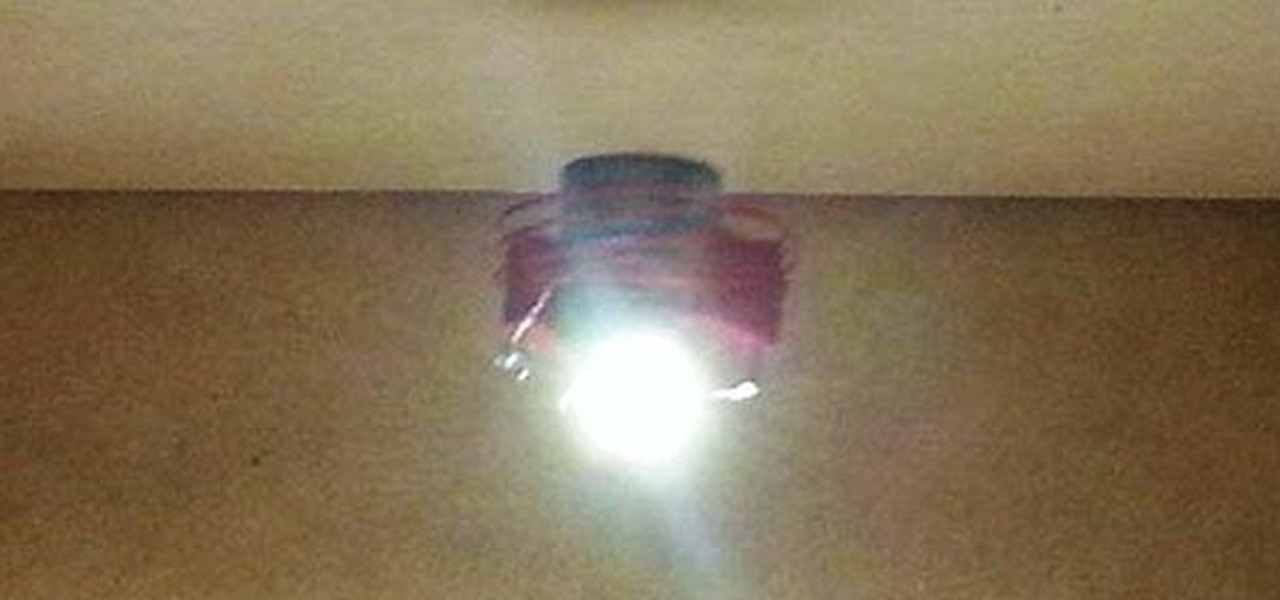
News: This Levitating Light Bulb Defies Gravity (And Ditches Unsightly Power Cords)
Helping to prove that science is way awesome, an 18-year old electrical engineering student has successfully made a light bulb float. His name is Chris Rieger, and he's been working on his "LevLight" project for about six months now, with pretty amazing results. This feat of ingenuity was accomplished by using magnetic levitation, although that over-simplification masks how considerably difficult this undertaking was.

Backwards Geocaching: How to Make a Reverse Geocache Box
If you've never heard of geocaching, it's kind of a grown-up treasure hunt you play everywhere in the world. GPS coordinates are given as clues and the players must find the cache box. There is usually a log book to write your name and a small toy or present to collect.
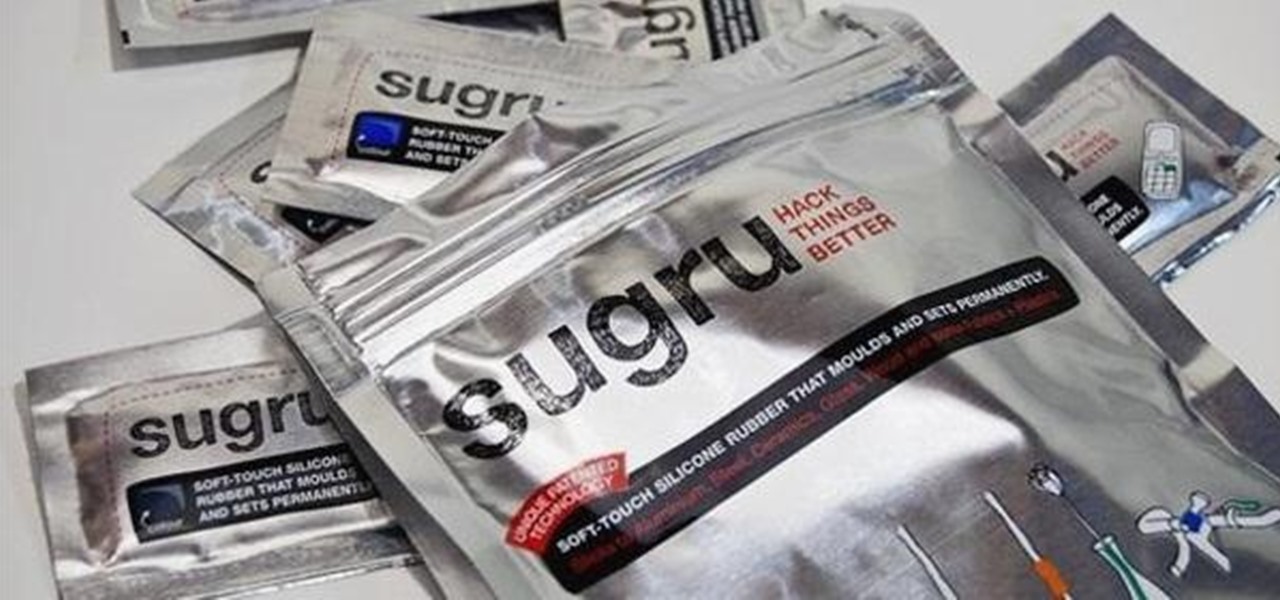
News: Winners of Mad Science's Sugru Contest
Thanks to everyone who submitted ideas in last month's Mad Science contest. The question called for your best idea for using Sugru, a temporarily malleable silicone modeling clay that self cures for a soft-touch permanent bond. It's a marvelous product for at-home quick fixes and for even making some cool DIY bumpers and grips for your electronics. William scoured through all of the comments and chose the two winners he felt best deserved a pack of Sugru.

Robot Basics: Using an H Bridge to Move Your Bot Backwards
I love robots. They have the potential to evolve into Asimovian destroyers of the human species, but have only just mastered the art of cleaning my rug. They have an ever increasing cool factor and a growing number of cheap and simple components that let the hobby roboticist reach for the burning miasmas of plasma. But to get to the stars, we need to start with the basics.
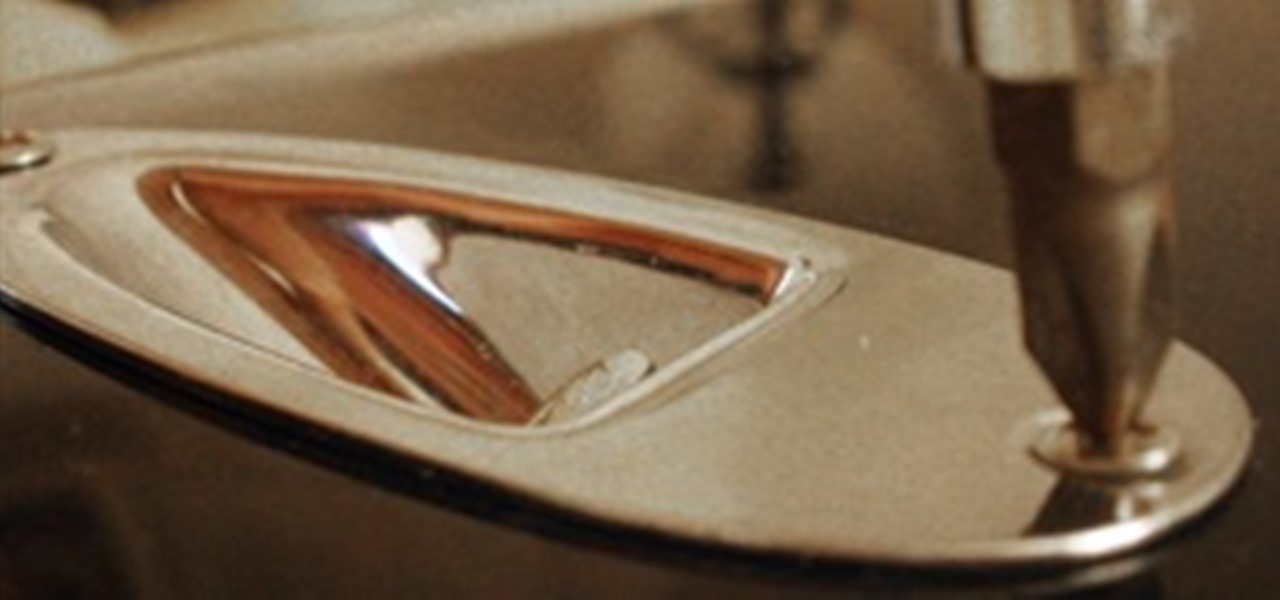
How To: Noob-Proof Your Electric Guitar with This Undetectable Magnetic Jack Lock
The guitar is a double-edged sword. I've played all my life, and though I love the act of guitar playing, there are quite a few people I could live with never hearing play again—ever.
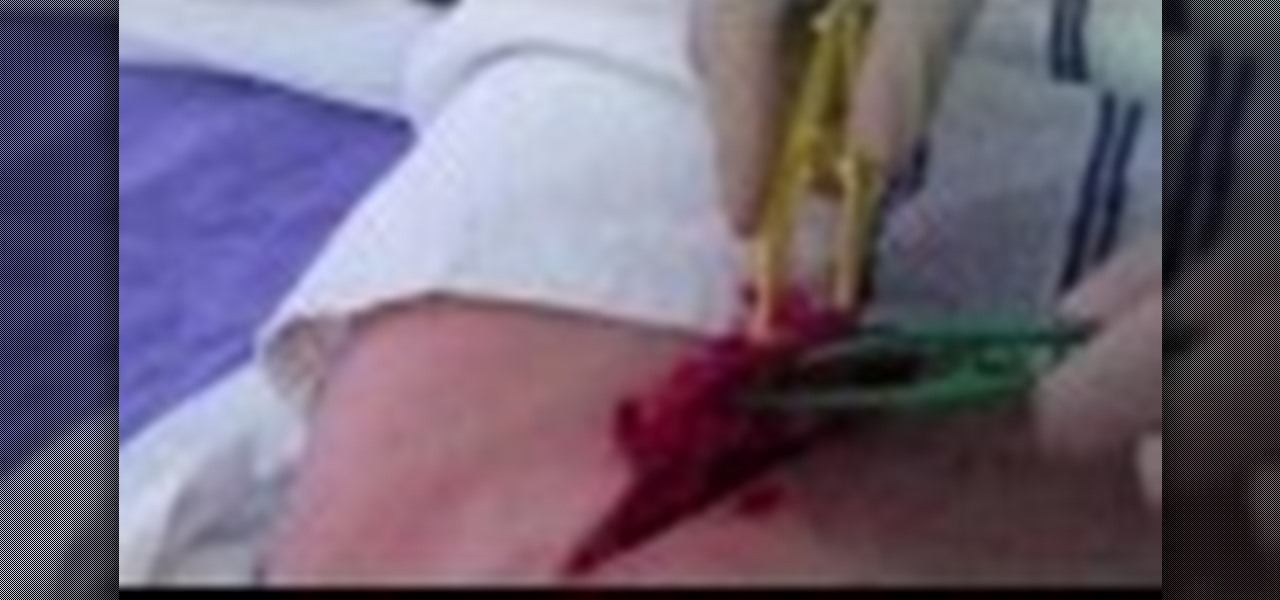
News: Dinner
Dinner Dinner Dinner

How To: Bring Your Dead Phone Battery Back to Life with a Portable Solar-Powered Cell Phone Charger
What's the first thing you would do once you realized you were lost in, say, a desert? If you're like me, you would immediately pull out your cell phone and start dialing every number. But what if you have no service? What if your battery is dead?
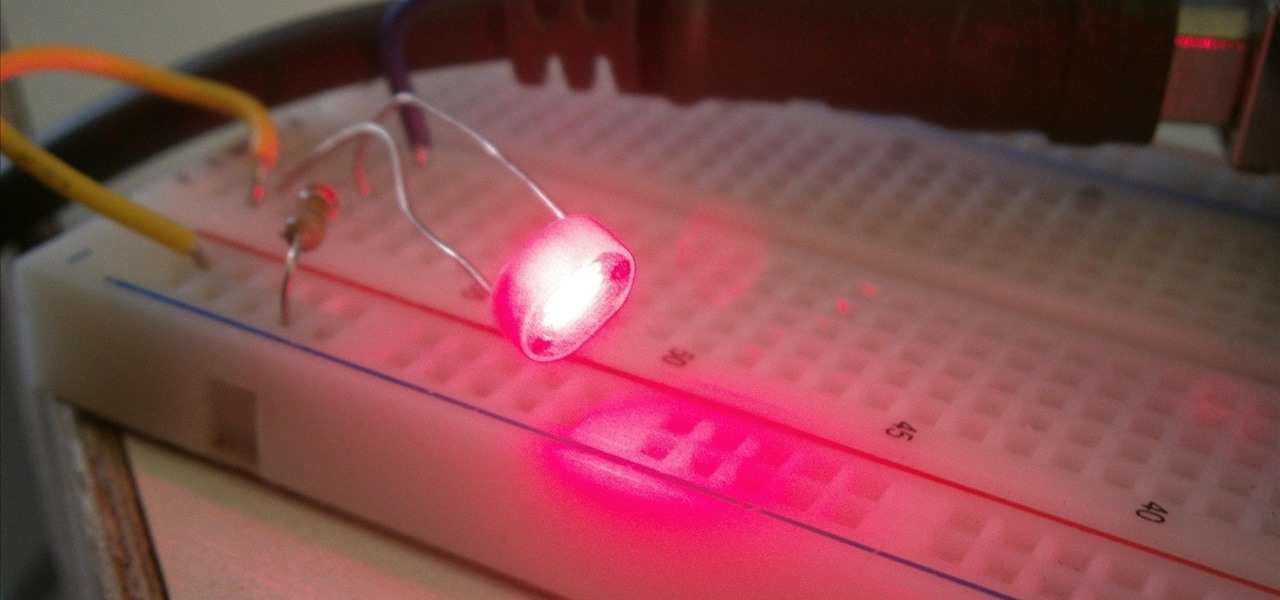
How To: Automate Your Doorbell with Freaking Lasers
Doorbells are a great idea. They let you know when someone who's not a burglar is trying to enter your house, apartment, or squat. They eliminate the need for lots of noisy yelling and startling door pounding.

How To: How Hard Is It to Land on the Moon? New Space Game Gravitates Towards Space Physics
If you're like me, you were disappointed when NASA cut their human space flight program. No longer could children and adults in dead-end jobs dream of someday walking on the surface of the Moon or drinking floating globules of water through a straw. Homo sapiens as a species are still making it up there, but I will never be one of the chosen ones.
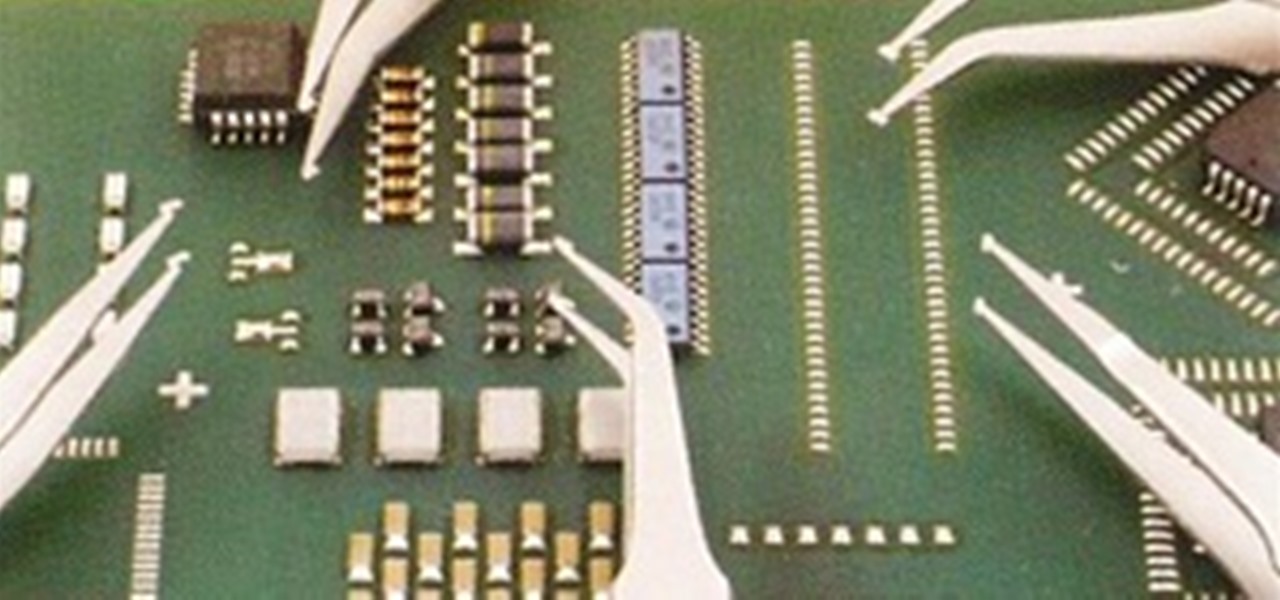
How To: Make Surface-Mount Electronics at Home for Smaller, Cheaper DIY Gadgets
Whenever we make a homemade circuit, we use what are called through-hole components. Any components with long metal leads is a through-hole component. They are great for soldering to, but it's tough to fit enough through-hole resistors and capacitors into a smartphone. To get those last microns, we have surface-mount components for SMDs (surface-mount devices). These are all of those teeny, tiny things you see when you crack open your digital camera or laptop case.

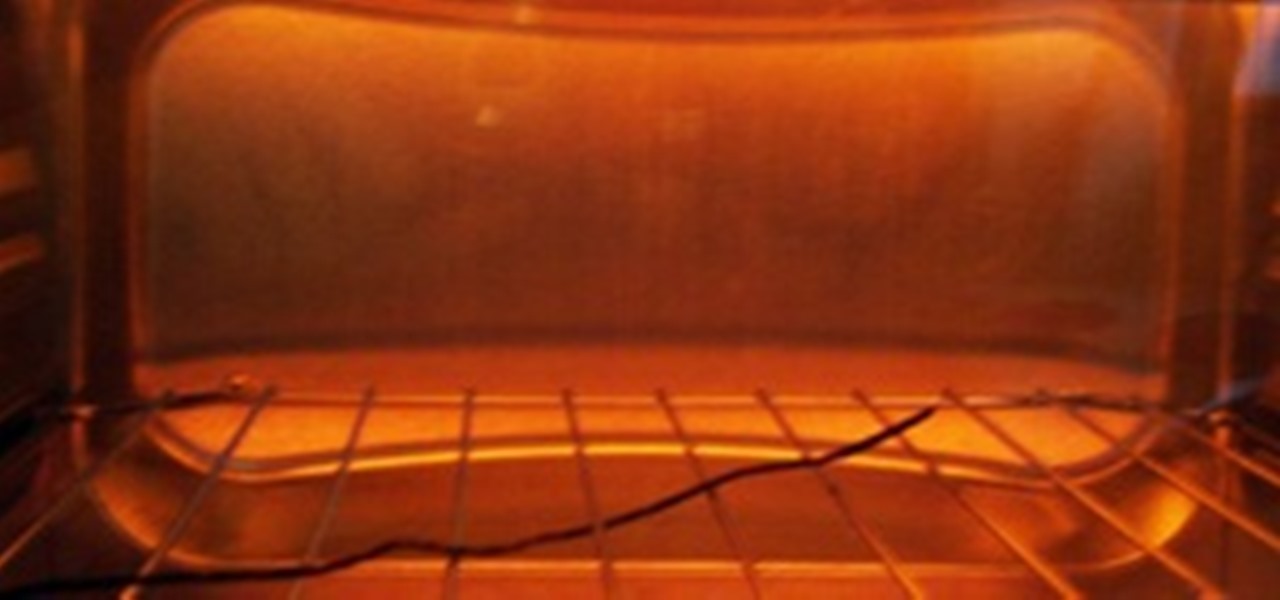
DIY Lab Equipment: Build Your Own Reflow Oven Out of a Toaster for Precision Temperature Soldering
Ever wonder how all of those tiny chips and components can fit inside your laptop or smartphone? If you tried to squeeze them in there yourself, your laptop would quickly become too heavy for your lap, and your mobile phone would need wheels to stay mobile.

The Art of 3D Printing: Turning Cool Ideas into Physical Three-Dimensional Models
Three-dimensional printing is one of the many wonders of modern technology. It's the first step towards real life Star Trek replicators and Timeline-esque teleportation chambers. While we aren't at the level of reconstructing strands of DNA, it's already possible to make tons of fun and useful designs on a 3D printer.

Mad Science Giveaway: What Would You Do with Sugru, the Magical Mold-Anything Goo? [CLOSED]
CONTEST ENDED: WINNERS ANNOUNCED This contest has ended and winners have been announced. To see who won, check out our quick winners post. Thanks to everyone for submitting their ideas!

News: Congratulations, Cerek! You've Won Mad Science's Lucid Dreaming Goggles Kit!
Thank you to everyone who entered the photo contest for a chance to win a cool lucid dreaming goggles kit from Mad Science. This month's winner was Cerek, who submitted this great camera shutter release project photo:
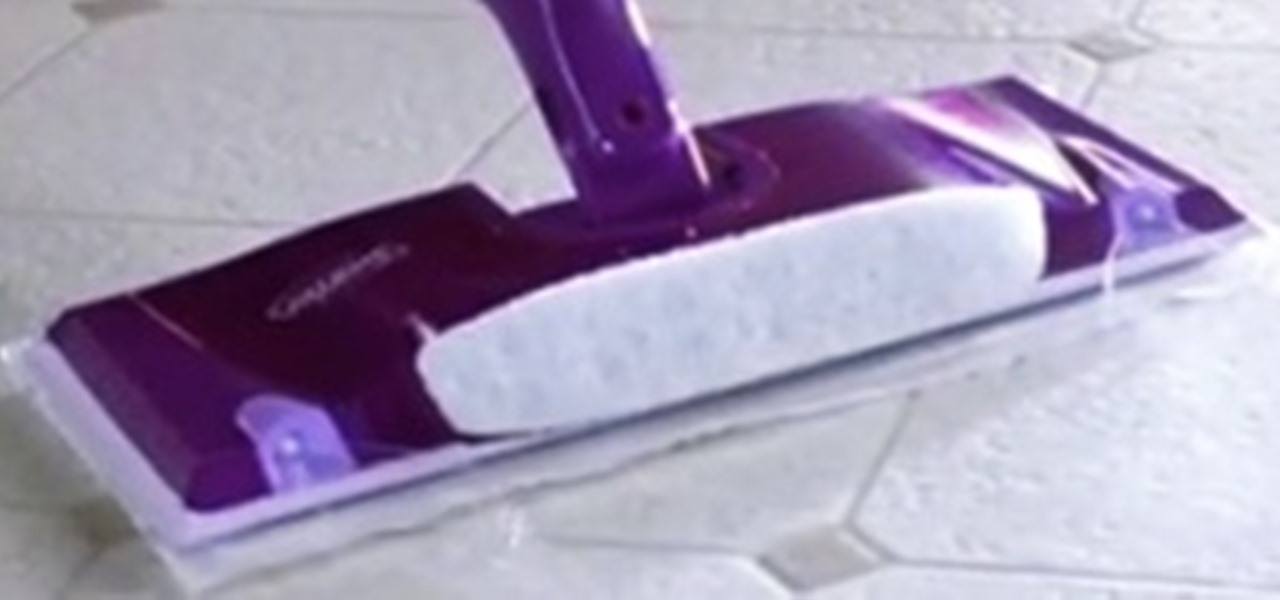
How To: Prank an Entire Dorm with a Perfume-Spraying Swiffer WetJet Booby Trap
Pranks are fun, but finding a way to maximize the affect of a prank can be tricky. Toilet papering the whole campus or repainting all of the parking spaces slightly smaller can take a long time and a lot of resources. A better plan of attack is to booby trap the choke points where your victims are forced to pass through. Think like a guerrilla. A dorm doorway is a good idea.

Contest: Camera Shutter Release
This is a shutter release that also a bulb mode switch. I made it a while back and also made a how to on it, which you can check out here.

How To: Trigger Anything from Anywhere with Just a Phone Call
Smartphones are crazy awesome. You can do your banking, track your children, find directions, and even pretend to have a mustache. The only thing that these personal supercomputers are missing is physical interaction with the environment.

Dragon Safari: The Incredible Metamorphosis from Nymph to Dragonfly
Last time we took a look at some of the creatures of the pond, including the dragonfly nymph. Today, we examine the all-grown-up dragonflies in the field you are used to seeing on summer days! Dragonflies are not dangerous, but the extra large ones can bite you something fierce if you handle them wrong.

Galactic Invasion: How to Make a Wireless Robot Rocket Launcher
If you're like me, you were always jealous of the kids with rich parents who got to ride around in their own Power Wheels cars. Now that I am tall enough to sell my body and time, I find myself attaining childhood dreams like buying my own Power Wheels car. I would not have chosen the Barbie Jeep given the choice, but 40 bucks on Craigslist is an amazing deal.
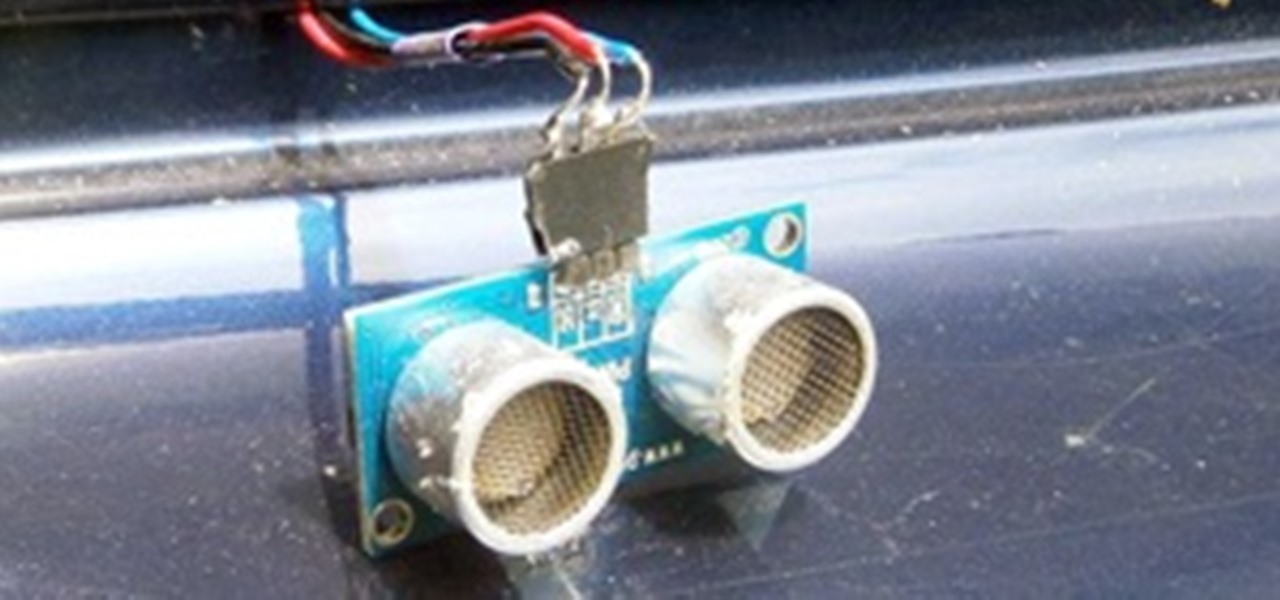
How To: Make These Sonic Distance Sensors for the Bad Driver in Your Life
Today's fancy cars come with all sorts of options, from power mirrors to working seat belts. Some of us condemned to live in the reality of capitalist recession have no car, or perhaps a very modest one. But your modest car can still have some cutting edge technology wedged into the trunk and dashboard if you know what you want and where to look for parts. Today, we make a parking sensor using a sonic range finder, just like in the vehicles our owners drive!
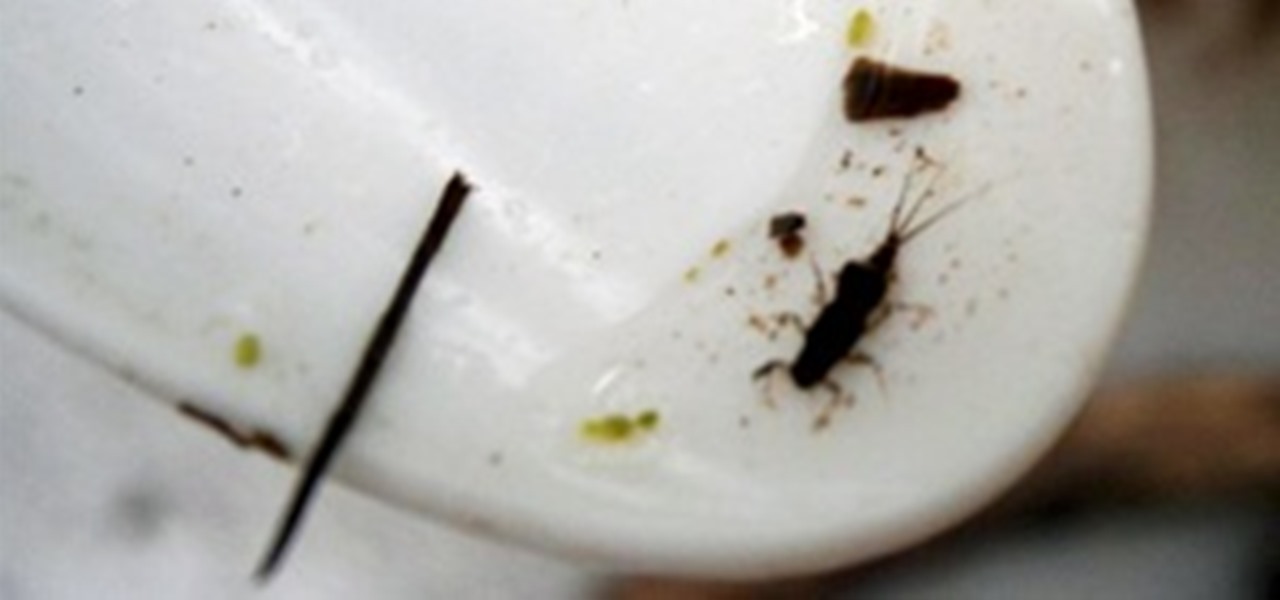
News: Discover the Hidden Micro-Monsters in Your Neighborhood Creeks and Ponds
There is a secret world hidden just beneath the surface of every pond, lake, and stream. Those waters are filled with wails of hideous creates murdering other hideous creatures for food and sport. Beautiful animals like dragonflies and damselflies that you see in the light of day start their lives in this sparse spartan hellscape. Luckily, being giant mammals, we can pluck these creatures from the depths and look at all of their cool behaviors! All you need is a pond, net, and curiosity.
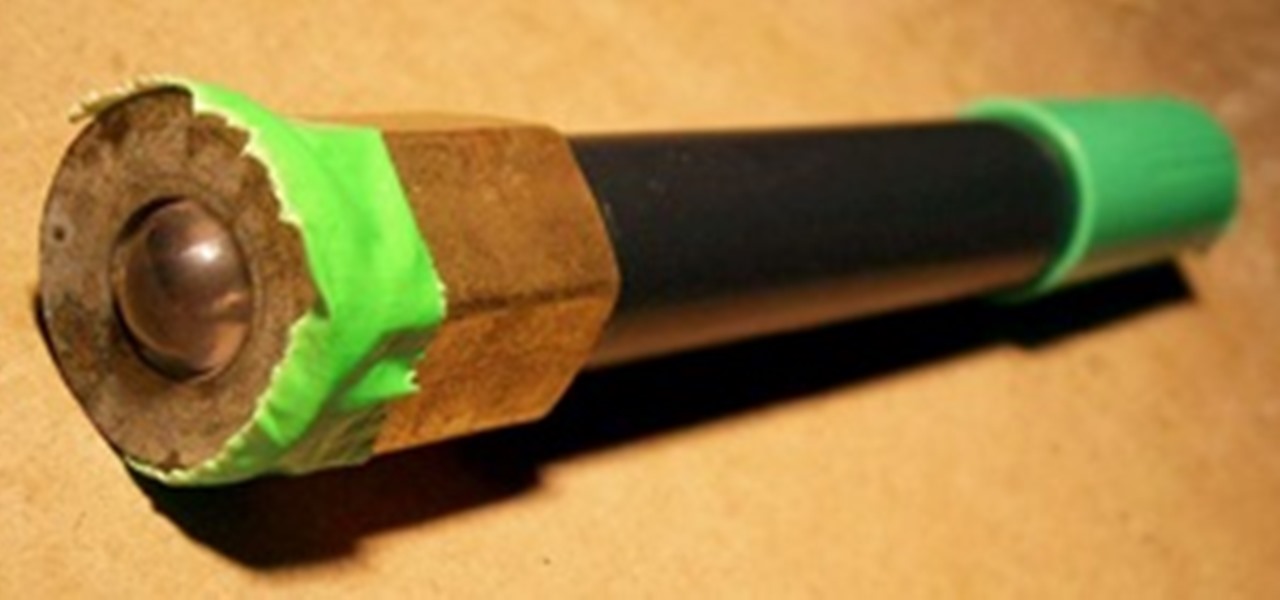
How To: Remote Control Anything with a DIY Sonic Screwdriver and Light Sensors
Fans of Doctor Who know that the sonic screwdriver is the ultimate tool. It can unlock doors, turn on lights, detect life forms, solder wires, and sabotage weapons.
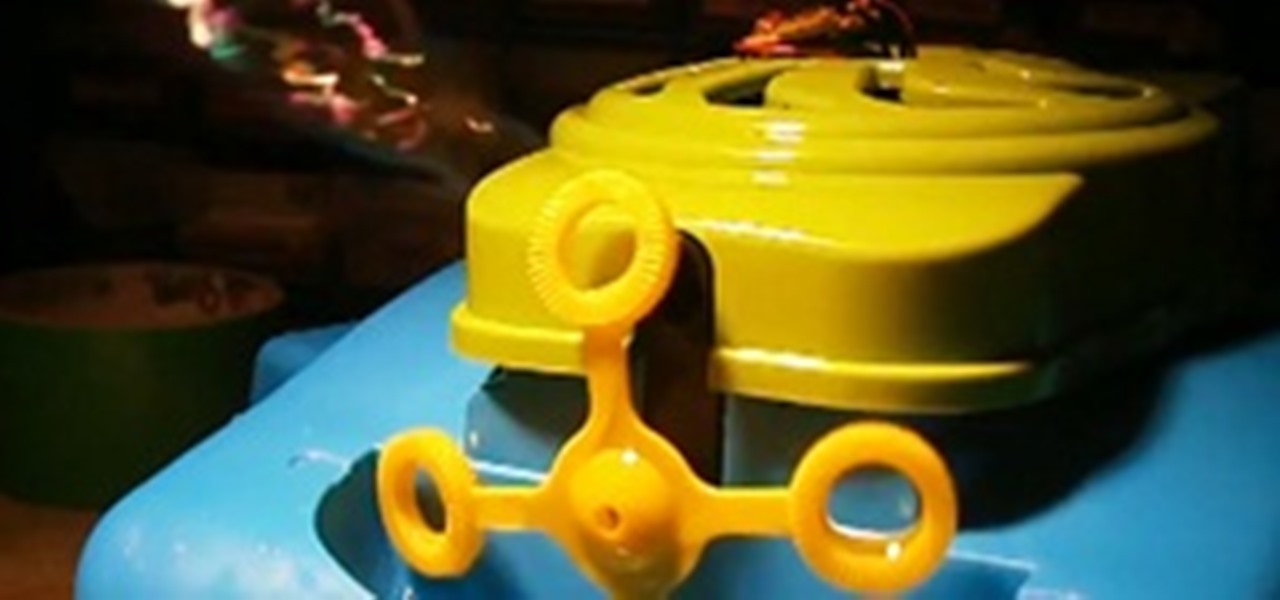
How To: Wake Up to Bubbles by Making the World's Most Gentle Alarm Clock
Since the invention of the mechanical clock, enclosure of the commons, and proletarianization of labor, the alarm clock has been the bane of our existence. While not actually evil, it does represent the constant and uncompromising glare of our owners shaking a patronizing finger at us, telling us to get to work so they can use our labor to grant themselves bonuses.
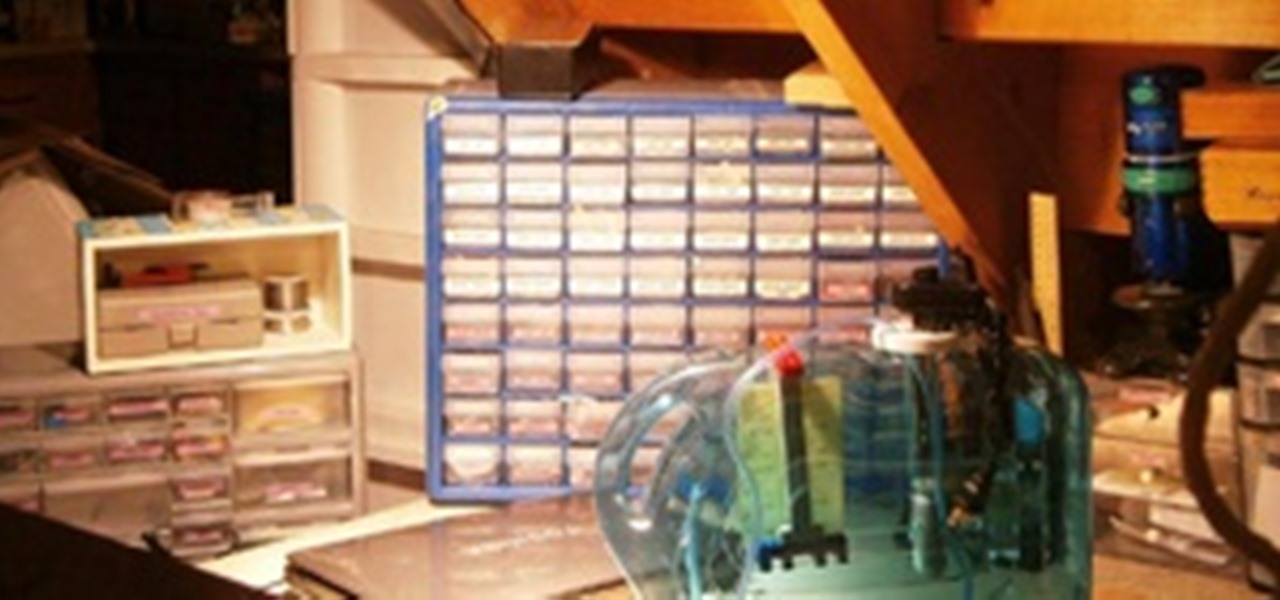
How To: Behind the Scenes at Mad Science Laboratories: How I Capture My Experiments
I have an absolutely wonderful time making projects and writing articles for all of you mad scientists! Today, I will bring you behind the scenes for a look at the workbench, tools, and software that make the Mad Science World possible.
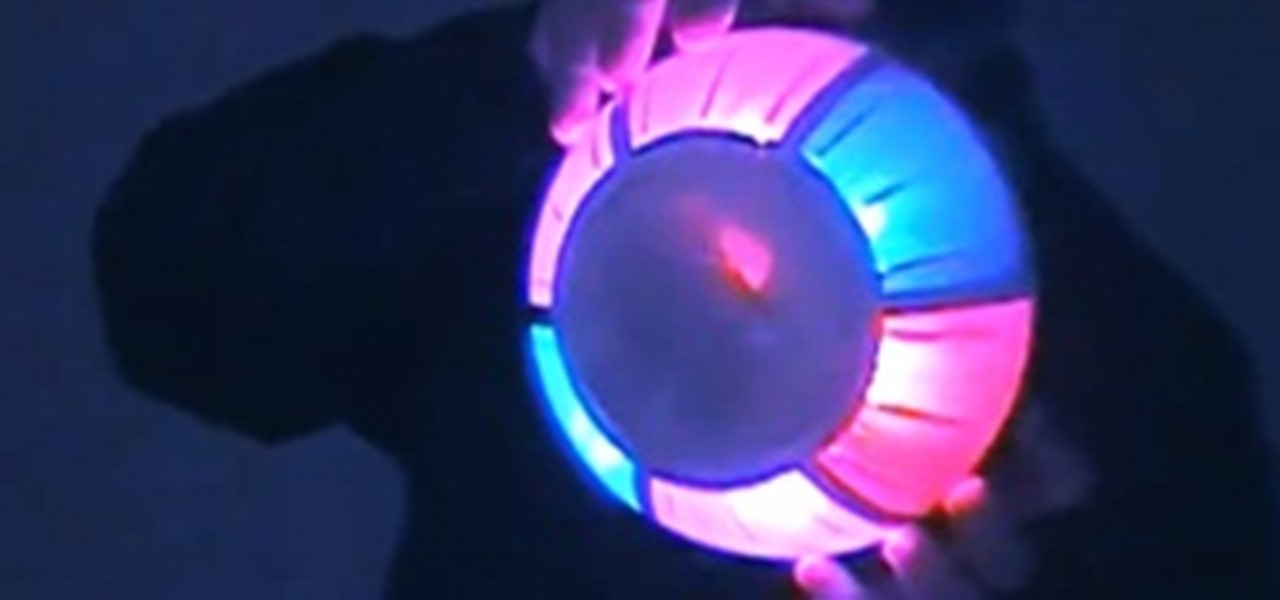
News: Former Pixar Artist Puts a Spin on Musical Creativity with Arduino Dub Cadet
My name is Noah Hornberger. I'm a former Pixar artist (Wall-E, 2008) and Professor of Animation (DePaul University, Chicago), and I have recently invented a motion-activated musical toy called the Dub Cadet. One Substance TV blogger has called my light-up sphere that transforms motion into music, "Daft Punk [the electronic music duo] meets Simon [the handheld toy] in a ball."

How To: Create Practically Anything, Part 2: 3D Models in SketchUp
Creating any object you want is as simple as point and click if you have a 3D printer at home. If you don't have one handy, there are a few companies that offer printing services online. But to help services realize your design in extruded plastic, you have to make a 3D computer model for the printing machine. For beginners, the free Google SketchUp application is the best choice of software. Using only a few tool bar buttons and a scroll wheel computer mouse, you can model literally any obje...
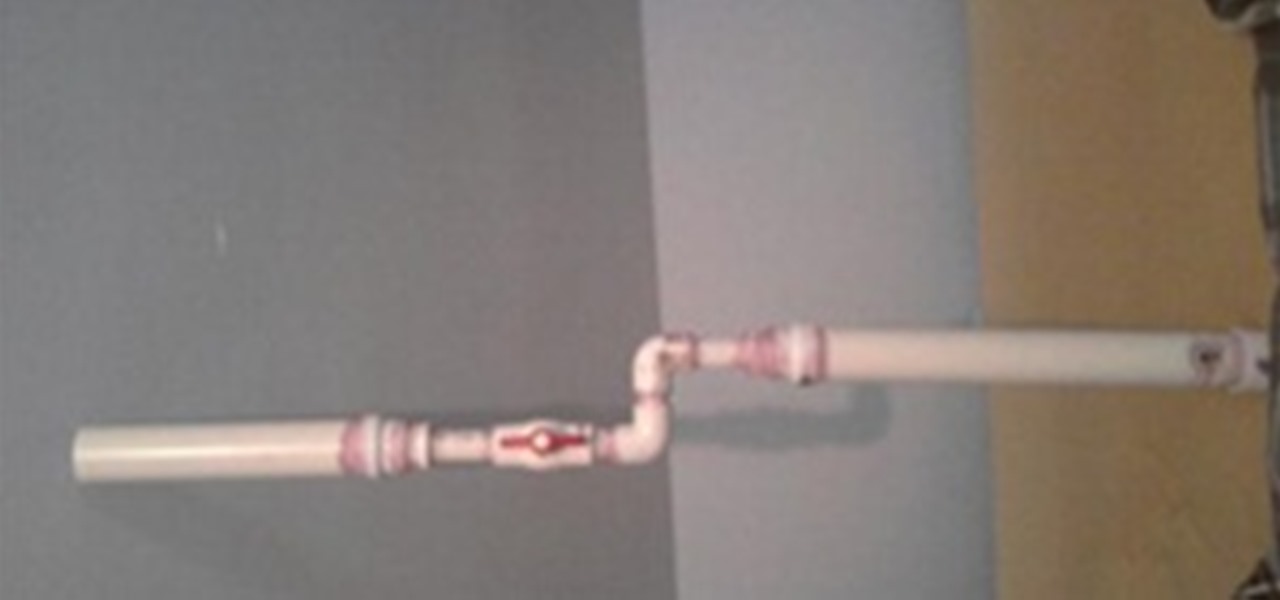
Contest: Spud Gun
Well here it is, this is an older pic but it still works, the only change from this pic and the current cannon is that I have put some duct tape around the PVC bonds and am planing on spray painting it. The compression chamber is over a foot and a half long at 2" diameter PVC to push the spud or what ever you can out the cannon. The barrel is a little more than a foot long. This was originaly a prototype with all 1" PVC pipe but I cut it all off and attached a few PVC sizers and made the barr...
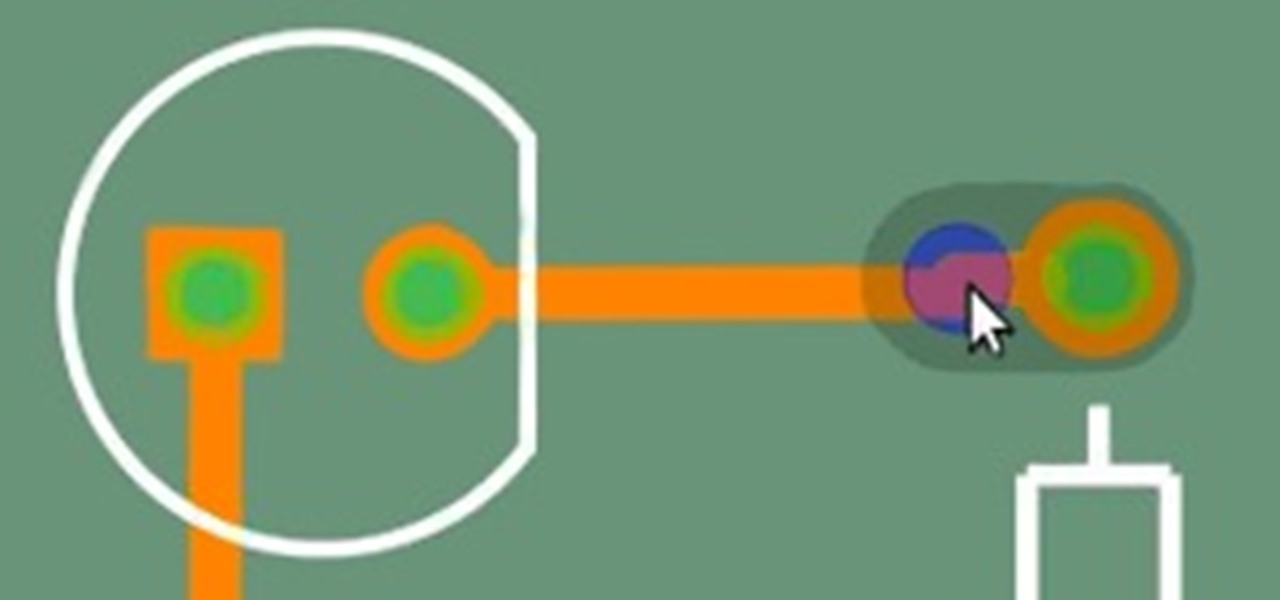
How To: Create Practically Anything, Part 1: Fritzing Circuit Boards
Making your own circuit boards can be a daunting challenge. You have to design a schematic, test it on a breadboard, design the board layout, and then after all of that, you still have to print and etch a board!

Contest: My Disposable Camera Taser
I made this taser using a disposable camera and duct tape! In the photograph, the taser is shocking a steel bookshelf.
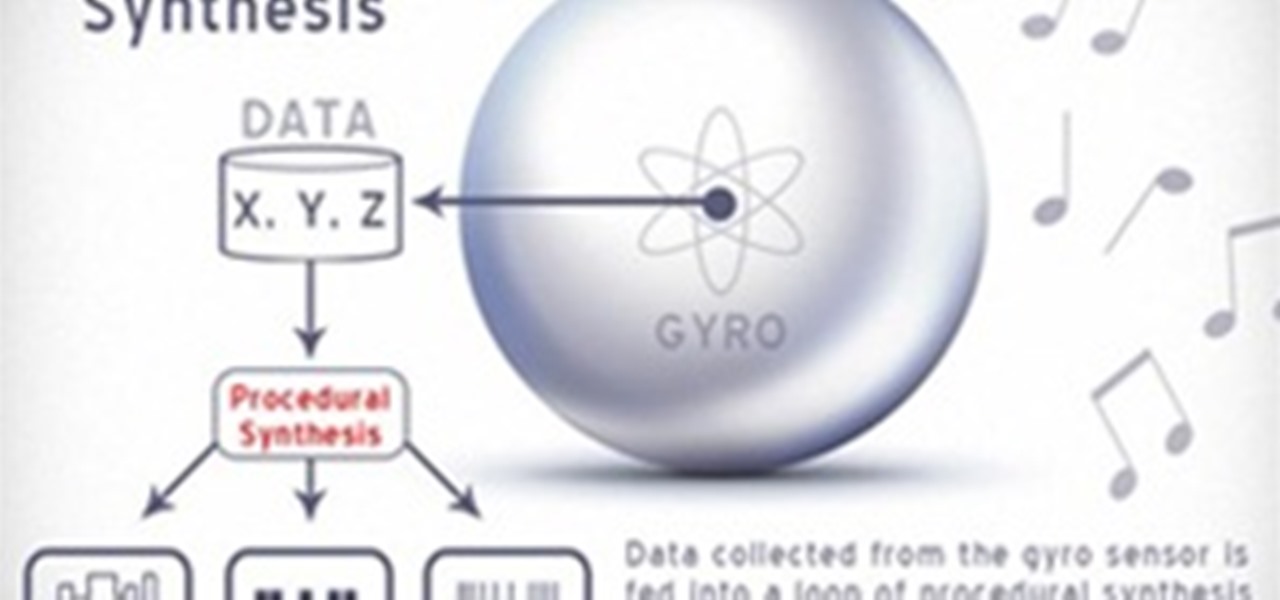
News: A Theory of Holographic Music Synthesis
Are you ready for crazy, next-level music technology? I just completed a pretty fun introductory write-up on my new instrument called the Dub Cadet over at instructables.com. This is the first installment of a 3-Part series to explain how to build your own Dub Cadet or personally amalgamated hybrid.




